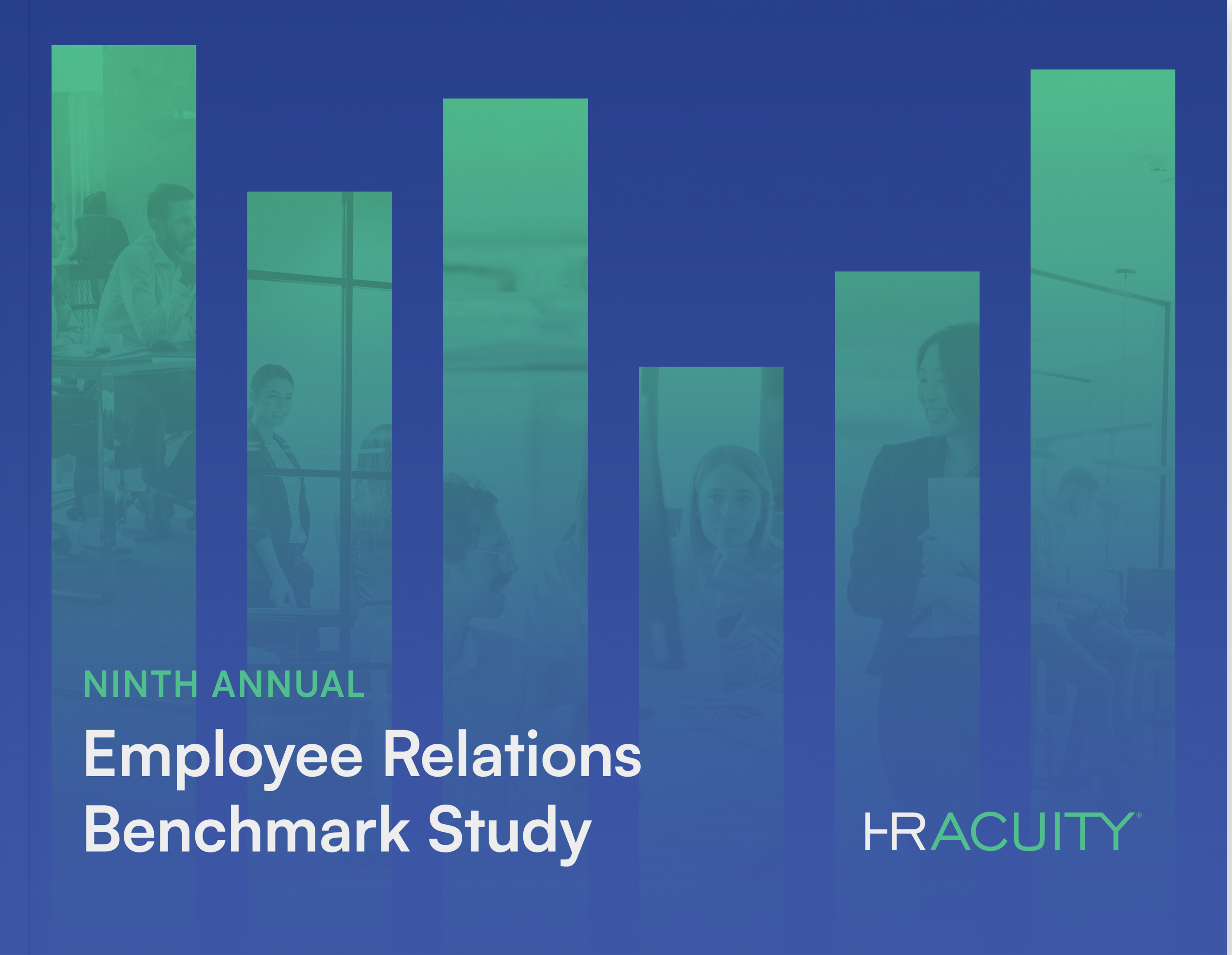Quality employee performance documentation both protects a company from future litigation and benefits its employees by providing feedback for improvement. To increase the effectiveness of this process, in addition to saving money and time, many companies are moving away from the traditional annual employee review.
Amazon, GE, T-Mobile, Accenture and others have already redesigned performance management to focus less on ranking and grading employees and are instead positioning managers as coaches for individual employee development. Adobe made this shift in 2012, abandoning a once-a-year performance review system for one that checks in more frequently and focuses on a manager-employee relationship where expectations are clearly set and feedback is regularly exchanged.
The traditional annual review process is being reevaluated for a number of reasons. The once-a-year approach can be time-consuming for both manager and employee, focuses heavily on past over future performance and is prone to the recency effect — when the most attention is paid to an employee’s recent performance. Furthermore, the once-a-year annual review can catalyze anxiety, fear and a lack of trust between employee and employer.
Employers should consider what performance system works best for their organizational culture. No matter what approach your company takes, many of the best practices in documenting employee performance remain largely unchanged.

WHAT TO AVOID
Generalities – A manager’s feedback should be completely devoid of ambiguity. While it may seem obvious to HR professionals what certain terms mean, it’s best to be descriptive in your definitions. Instead of saying, “you didn’t dress professionally,” say, “our expectation of professional attire is a suit and tie and today you arrived at work in jeans.” Then explain how it is negatively impacting work (e.g., “Because you arrived to work in jeans you couldn’t meet with a key client which cost the company x dollars in potential business.”).
Subjectivity – Employee documentation shouldn’t include words that are subjective, such as, “The employee is annoying” or “employee whines in meetings.”
Soft or Hard Language – Documentation should avoid verbiage that is either too soft (e.g., “Employee seems to try her best.”) or too hard (e.g., “Employee never finishes tasks on time.”).
Legalese – Managers should avoid using legal jargon in documentation to keep the information accessible to everyone.
Labels – If your company still uses a traditional, yearly review system, stay away from using labels associated with that system in your documentation or when referring to employees in general. For example, if your system has a four-point anchored system, refrain from referring to a low-performing employee as a “two” or using words associated with that ranking, such as “below expectations.”
PREFERRED METHODS
Be Accurate – Document only what is known to be true. Your performance documentation should be direct and clear and reference stated expectations, preferably expectations expressed in writing, such as in an email (e.g., “Employee did not perform the task as directed and did not complete step six and nine as written in his project plan.”).
Stick to Facts – State exactly what the employee did or said and support each statement with an example (e.g., “Employee was asked to complete the project by x date, but did not turn in the work until y date”). It’s a good idea to include dates and times with each example.
Identify Witnesses – Include meeting attendees, direct project members or other employees who witnessed the behavior in question and have them provide specific examples for added credibility.
Reference the Rules – As much as possible, tie an employee’s performance to a stated company rule or policy (e.g., “Per the company handbook, employees are not permitted to use the company internet for browsing personal web pages, such as social media sites.”).
Document Previous Discussions – Disciplinary performance feedback should reference past discussions to show a pattern of poor performance and a history of efforts to assist the employee in overcoming performance challenges (e.g., “As we discussed two weeks ago in your 1:1 meeting, it was expected that you would no longer arrive late to work. We agreed you could start your shift a half hour later to accommodate your bus schedule. However, since our discussion, you have been late to work three times.”).
Balance Past with Future – If you are giving feedback to a good employee who just has a few things to work on, keep the feedback balanced with what is going well and what needs improvement. If an employee continues to demonstrate performance concerns, the balance of what is working versus what is not may shift (e.g., “Even though your performance on x project was executed well, x project is only one facet of your overall job description.”).
Show Your Support – Even if frustrated with an employee, it’s important to show your support and willingness to help. Be steadfast in your support even if you’re unable to supply the help that the employee wants (e.g., “Although I can’t move your work hours because your work requires you to be present when the customer is here, I believe in your ability to find alternate solutions to your tardiness and want to see you succeed here at work.”).
By and large, ensuring that your process is comprehensive and fair will serve both your company and its employees. Make use of these practices to get the most out of employee performance documentation.




